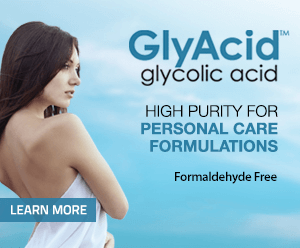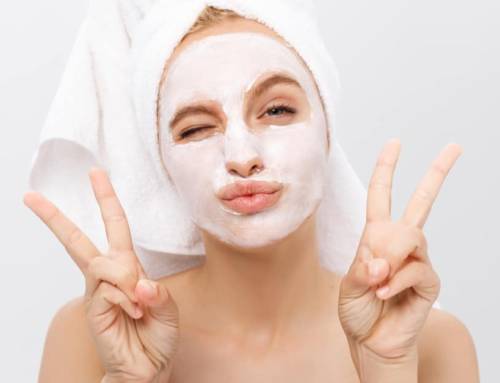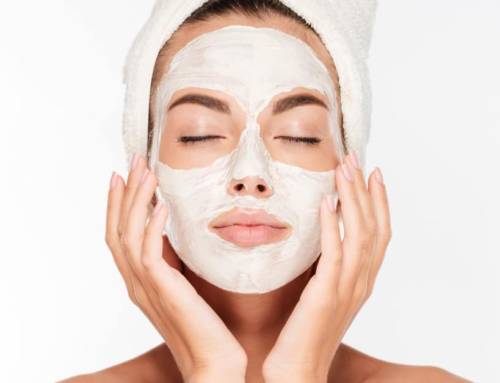Fighting Hyperpigmentation with Glycolic Acid
May 27, 2021

“Hyperpigmentation is one of the most common skin issues that most of us have to deal with at least once in our lives. But just because it’s common doesn’t mean it’s exactly easy to deal with. In fact, sometimes it can be frustrating,” writes Sarah Yang on WhoWhatWear.
For consumers ready to tackle the discoloration and dark spots associated with hyperpigmentation, regular exfoliation with glycolic acid is a critical component to evening out skin tone.
What causes hyperpigmentation?
Hyperpigmentation is a condition where darker spots or patches form on the skin. Hyperpigmentation is caused by the overproduction of melanin, the pigment responsible for eye, hair, and skin color.
Melanin production occurs naturally and can be triggered by a wide variety of factors including:
- damage from UV rays
- pollution
- injury or inflammation
- acne
- eczema
- seborrheic dermatitis
- stress
While hyperpigmentation is one of the most common skin conditions, glycolic acid offers an effective, over-the-counter solution to fading dark spots on the skin and evening out skin tone.
Superior chemical exfoliation
Hyperpigmentation is frustrating for consumers, but regular chemical exfoliation with glycolic acid can help.
Glycolic acid is the smallest and lightest weight of all the Alpha Hydroxy Acids, which makes it best at quickly penetrating the skin.
“Glycolic acid has the smallest molecular weight of all the alpha-hydroxy acids, which means it can penetrate the outer layer quite easily (unlike its AHA counterpart, lactic acid, which is larger in molecular size). So, glycolic acid can slough off pigmented skin and encourage cell turnover. That makes it great for skin care concerns like hyperpigmentation and discoloration,” explains Jamie Schneider in MindBodyGreen.
Once applied topically, glycolic acid works to dissolve the bonds that hold skin cells together.
By softening the “glue” that holds dry or darker colored skin cells together, glycolic acid can rapidly work to slough off damaged skin cells from the face. Over time, this highly effective chemical exfoliation can help to reduce the appearance of hyperpigmentation or darker spots on the face.
A more evenly toned complexion
"The first step to an even skin tone is to have smoother skin and the most effective way to do that is through proper exfoliation"
Brydie
Additionally, glycolic acid offers another key benefit to taming hyperpigmentation: creating a more even skin tone.
“The first step to an even skin tone is to have smoother skin, whether that’s by removing dead skin cells, minimizing pores, or evening out fine lines, and the most effective way to do that is through proper exfoliation,” explains Lindsay Metrus on Brydie. “Dermatologist Neal Schultz, MD, recommends using a gentle glycolic acid treatment as your chemical exfoliant to slough off dead cells that block the pores and encourage collagen production.”
Once applied, glycolic acid triggers new skin cells to move to the surface of the facial skin. By driving this cell movement, glycolic acid can help to unveil a healthier, fresher complexion that looks more evenly toned.
Fading fast
Glycolic acid is a scientifically researched, dermatologist-beloved ingredient to fight hyperpigmentation.
Through top notch chemical exfoliation, glycolic acid can help to reduce the appearance of darkened patches on the skin and fade hyperpigmentation.







